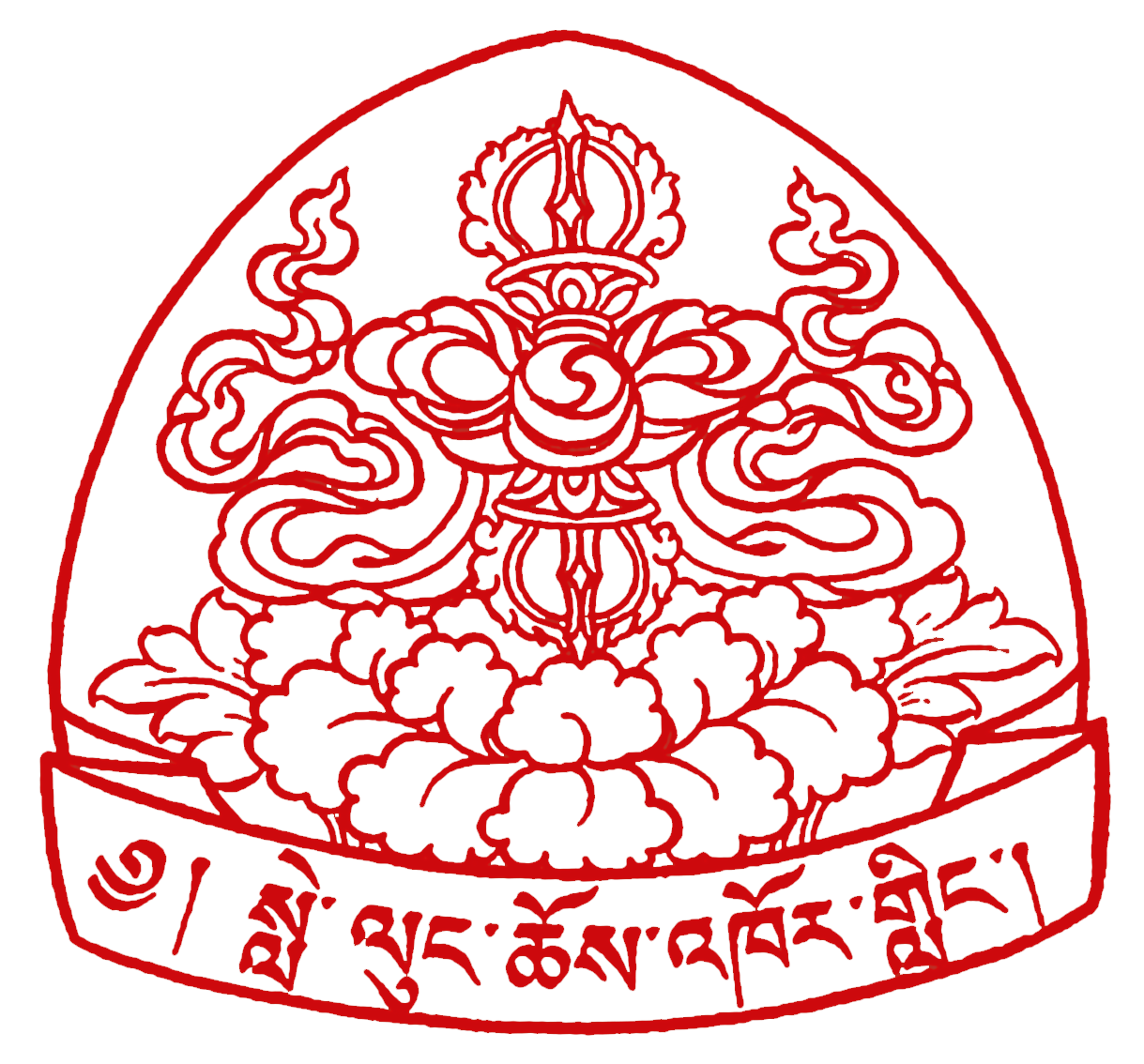Sakya
Sakya (Tib. ས་སྐྱ་, Wyl. sa skya), which is one of the four main traditions of Tibetan Buddhism, takes its name from the Sakya Monastery, founded by Khön Könchok Gyalpo in 1073. The name Sakya literally means 'grey earth', and is a reference to the unusually pale colour of the earth at the site. Due to the widespread influence of the monastery's earliest masters, especially the so called 'Five Sakya Patriarchs', it quickly developed into one of the main schools in Tibet, developing a special reputation for scholarship. The most important teaching within the Sakya tradition is the Lamdré, or 'Path with Its Fruit', a series of meditation instructions associated with the Hevajra Tantra.
Early History
The Sakya school has its origins in the ancient Khön family of Tibet. Khön Luyi Wangpo was a disciple of Guru Rinpoche and one of the first seven Tibetan monks, the so called 'seven men to be tested'. Several generations later, in 1073, his descendant Khön Könchok Gyalpo founded the monastery of Sakya in Tsang province.
The Sakya tradition was established and spread by five great masters, the 'Sakya Gongma Nam Nga': Sachen Kunga Nyingpo (1092-1158), his two sons Sönam Tsemo (1142-1182) and Drakpa Gyaltsen (1147-1216), his grandson Sakya Pandita (1182-1251) and the latter's nephew Chögyal Pakpa (1235-1280). The Sakya lamas attracted the patronage of the Mongol emperors of China, and in 1253 Kublai Khan conferred the rulership of the whole of Tibet upon his teacher, Chögyal Pakpa. This political ascendancy of Sakya lasted about a century, but Sakya itself remained an autonomous principality.
During the fourteenth century, Tishri Kunga Lodrö Gyaltsen (1299-1327), eldest grandson of Sakya Pandita’s brother, established four dynastic houses (Tib. labrang): Shyithok, Rinchen Gang, Lhakhang, and Düchö.
Only the Düchö Labrang remains to this day. During the eighteenth century, the Düchö Labrang was split into two ‘cousin’ palaces, by 32nd Sakya Trizin Jamgön Wangdü Nyingpo. These are the Drolma Podrang which was established by his eldest son, Pema Düdul Wangchuk, and the Phuntsok Podrang, established by his youngest son, Kunga Rinchen.
The leadership in the Khön Family and the throneholders of the Sakya school have since then alternated between the Drolma and Phuntsok Podrangs.
The Sakya tradition follows the complete Buddhist teaching of sutras, tantras and the outer sciences, the special teaching of the Sakya school being the Lamdré ('The Path with Its Fruit'), which emphasizes the Hevajra Tantra and derives from the great Indian mahasiddha Virupa. Always stressing study as well as practice, the Sakya school has a reputation for scholarship and has produced a large number of outstanding scholars, such as: Yaktön Sangye Pal, Rongtön Sheja Kunrig, Ngorchen Kunga Zangpo, Gorampa Sönam Senge, Rendawa Shyönnu Lodröand Shakya Chokden.
During the last century, the Sakya school enjoyed a new wave of creative activity under the inspiration of the great figures of the Rimémovement, such as Jamyang Khyentse Wangpo, Loter Wangpo and Gatön Ngawang Lekpa.
(Source: Rigpawiki)
